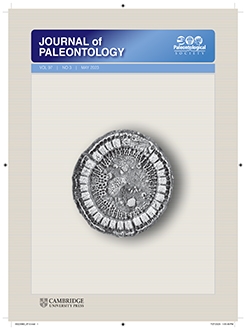We appraise the morphology and potential origin of two Neogene cricetodontine-like muroids, Pliotomodon primitivus from Late Miocene sediments in northern California and an undescribed muroid from the late Oligocene or Early Miocene of central Oregon. Superficial resemblance of the dentition of Pliotomodon with members of the North American galushamyinan neotominins is considered a result of parallel evolution, as shown by the large size and unreduced M3/m3 of the former. Dental features of Pliotomodon are similar to those of Eurasian genera such as Byzantinia, Hispanomys, and Ruscinomys, but the unusual morphology of M3/m3, with continuous enamel connections across their lingual surfaces closing the hypoflexus and posteroflexid, respectively, plus retention of only three roots on M1, suggests Pliotomodon arose from an ancestor distinct from the one that gave rise to the large late Neogene hypsodont cricetodontines of the Old World. In the absence of known ancestral taxa in North America, we postulate Pliotomodon dispersed to North America across Beringia during the Hemphillian (ca. 8.6 Ma, Hh-1). Another archaic cricetodontine-like rodent, from the Warm Springs region of the John Day Formation in Oregon, is named as a new species of Deperetomys, D. dingusi new species. Deperetomys dingusi n. sp. likely descended from a species of Deperetomys intermediate between archaic species such as D. calefactus and D. magnus and more dentally derived species such as D. intermedius and D. hagni, dispersing to North America during the late Oligocene or Early Miocene (Arikareean; ca. 23 Ma, Ar3 or Ar4).
How to translate text using browser tools
22 September 2023
Two Asian cricetodontine-like muroid rodents from the Neogene of western North America
Robert A. Martin,
Thomas S. Kelly,
Patricia Holroyd
ACCESS THE FULL ARTICLE

Journal of Paleontology
Vol. 97 • No. 3
May 2023
Vol. 97 • No. 3
May 2023





